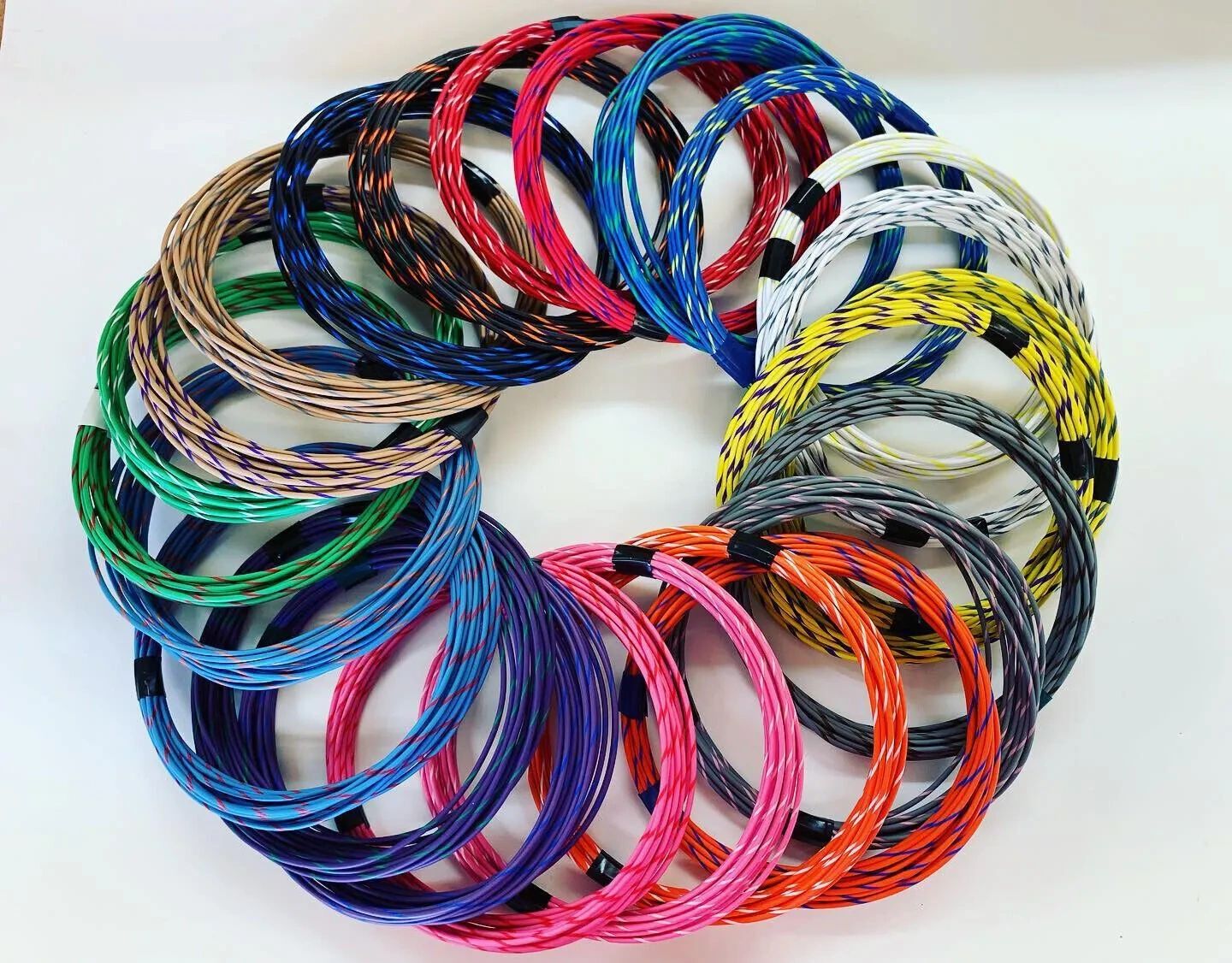I'm going to restore my harness. I'm digitizing the electrical diagram and I'm going to divide it into 10 diagrams 1 for each fuse to make it easier to check.
That's handy for troubleshooting.
For making a new harness, I think I am going to make a wire list using the original numbering and color coding for the wires.
Then I am going to draw the harness in terms of which wires are bundled with which other wires, so then you have a non-scale drawing of the actual harness, with all of the connectors and splices, etc.
The issue really is that the wiring diagrams are "electrical", illustrating which wires connect to what components. Unfortunately, the car is geographic, so some wires with unrelated functions but going to similar places in the car, are bundeled together. Examples are all the front headlamp, turn signal, parking lamp wiring, the washer pump wires, the horn, and probably the coil wiring, which all run together from the fuse box across the front of the car, with bits splitting off to each corner. So making a physical layout is essential.
I replaced the harness in my 72 Bronco using a Painless unit. That worked well. I found that using split braids and zip ties worked well to bundle the wires, but that isn't really very period correct, so wrapping with hockey tape or something similar is probably more appropriate.
To make a new harness, you actually lay it out on a big board with nails or pegs to attach the wire runs. Then you either start wrapping with friction tape, or you use a braid to hold the bundles.
The other way to do it is to simply replace every wire, one after another, and then wrap it in situ.
SFDon's link to Florida Wire looks great!!!
Scott


